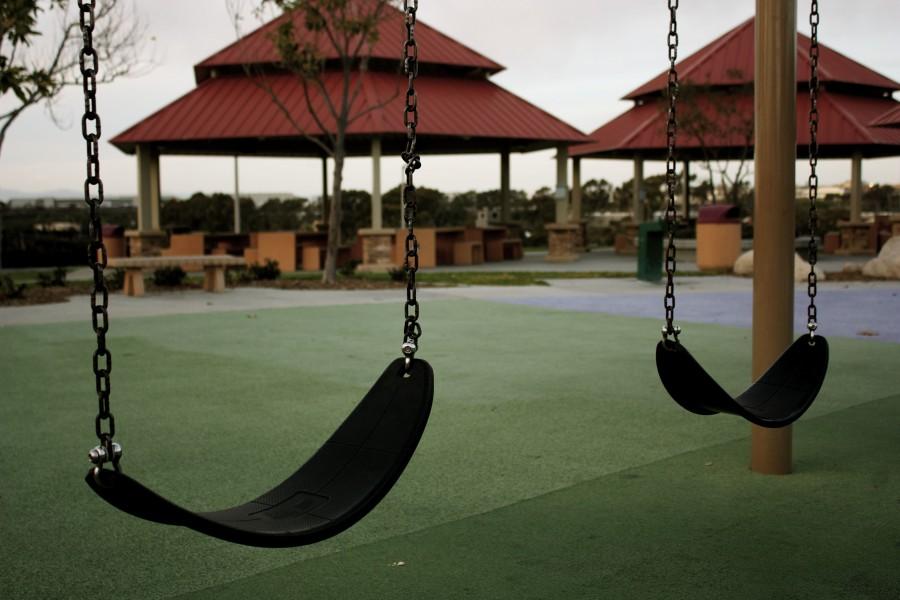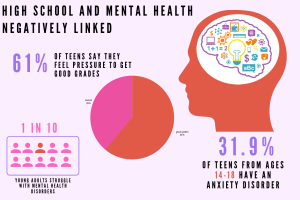Campus shootings: why there’s no solution
(photo illustration)
January 25, 2016
Unlike the tedious earthquake drills and fire evacuation plans we can promptly execute in our sleep, the sudden alarm of an intrusion leaves us frozen with fear, with nothing to do but wait in silent apprehension. Despite the time spent in preparation for defense against campus shootings, catastrophes such as these happen. Dropping to our hands and knees in a fitful frenzy, shuffling ourselves underneath our desks in a desperate search for safety, is useless.
Public schools across the nation are scrambling to implement laws intended to protect their students from mass shootings and intrusions. Pushing for the most unorthodox retaliations, gun rights advocates believe arming parents and teachers with tools of defense will reduce the casualties resulting from campus attacks. What they fail to realize is this:
There is nothing we can do to entirely put an end to this hostile assault, and the devastation we are continually battling has proven we are unprepared to combat these tragedies effectively.
Dudley Brown, executive director of the Rocky Mountain Gun Owners group, claims in light of these casualties, “the current policy – creating a criminal safe zone, where murderers can operate with immunity – isn’t working, and will never work,” (U.S. News & World Report).
Despite changes sought by the gun-control movement to eliminate personal ownership of guns, curbing gun violence is proving counterproductive according to recent episodes not only nationally, but also worldwide. California enforces many of the most restrictive gun laws in the country, yet those gun laws had no part in preventing the San Bernardino shooting that took place on Dec. 2. France imposes some of the most restrictive gun laws in the world, however, the November 13th ISIS attacks nonetheless decimated the prized City of Light.
What’s even worse than the guns used to execute these mass killings are those who are pulling the trigger. No matter the effort put forth to shrink campus crime rates, criminals will stop at nothing.
But can they help themselves from doing so?
Irresponsible, impetuous, egocentric and driven by anger and fear, offenders’ brain chemistry differs from that of the average person. Breakthrough research on the minds of criminals has proven there to be malformations in the amygdala, the area of the brain responsible for regulating emotion. Psychopaths show a thinning of the outer layer of this region known as the cortex, and an overall 18 percent reduction in the size of the amygdala.
If failed attempts to cease campus shootings do not provide sufficient enough evidence supporting the certitude of such misconduct, scientific findings on the subject clearly bring an end to our powerless defense.
We can experiment with different procedures in the hopes of eliminating the hazardous threats and activity concerning the safety of our public school systems, but there is no clear solution for bringing an end to this inescapable crime. Regardless of how many parents and teachers we arm, how many restrictive gun laws we impose, or the number of brain scans we perform, campus shootings will nonetheless remain a danger to those of us in the way of this vile cruelty.
Criminals will always want to have their fun, and campuses may always serve as their playgrounds.



















